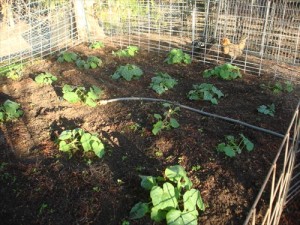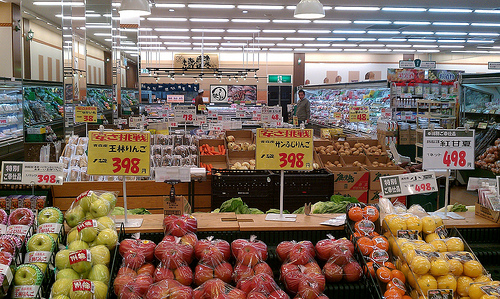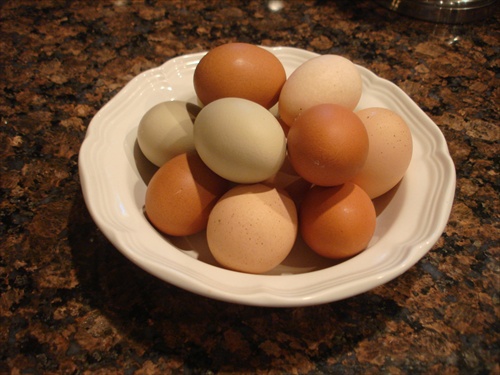Archives
- August 2018
- July 2018
- May 2018
- April 2018
- March 2018
- December 2016
- November 2016
- October 2016
- September 2016
- August 2016
- July 2016
- June 2016
- April 2016
- March 2016
- February 2016
- January 2016
- December 2015
- October 2015
- September 2015
- August 2015
- July 2015
- June 2015
- May 2015
- April 2015
- March 2015
- November 2014
- October 2014
- March 2014
- February 2014
- January 2014
- December 2013
- November 2013
- October 2013
- August 2013
- July 2013
- June 2013
- May 2013
- April 2013
- March 2013
- February 2013
- January 2013
- December 2012
- November 2012
- October 2012
- September 2012
- August 2012
- July 2012
- June 2012
- May 2012
- April 2012
- March 2012
- February 2012
- January 2012
- December 2011
- November 2011
- October 2011
- September 2011
- August 2011
- July 2011
- June 2011
- May 2011
- April 2011
- March 2011
- February 2011
- January 2011
- December 2010
- November 2010
- October 2010
- September 2010
- August 2010
- July 2010
- June 2010
- May 2010
- April 2010
- March 2010
- February 2010
- January 2010
- December 2009
- November 2009
- October 2009
- September 2009
- August 2009
- May 2009
- April 2009
- March 2009
Posts Tagged ‘Maple Syrup’
The Color of Breakfast & The Promise of Fall
The little flock of hens are in full production, laying a half dozen eggs a day. Even the new additions from early spring have begun to lay. Ever since we stopped showing chickens egg production around our farm has been all about egg color. With Cochins, Wyndottes, Americanas and Sussex we get blue/green, light brown, dark brown and what my neighbor calls “pink” eggs. But, they’re all the same scrambled with ham and cheese, baked into a quiche with fresh picked spinach, mixed into our latest baking project or made into egg salad–Wonderful! Flavorful! Better than any store bought egg could ever dream of being.

Pumpkin and squash seeds started in 4-inch pots back in the cooler months of early spring were planted out a few weeks ago and now our pumpkin patch is poised to exploded with runners and flowers and newly set fruit. There is Sugar Pie for pies and pumpkin butter, Connecticut Field for carving and decoration, Cinderella for looks, and Butternut, Sweet Dumpling and Delicata squash for baking with amber maple syrup, brown sugar and cinnamon, or stewing in a savory Moroccan Lamb Tagine.
Life on a summer farm is lived in the moment, but we never loose sight of what’s to come. We’ll enjoy the freshness of the garden and barn today while dreaming of that crisp fall day when pumpkins will adorn the front walk and the aroma of fresh baked pumpkin bread will fill the house.
Now that’s a fair promise for ya!
Creative Ways to Save Big on Your Grocery Bill

We’re all trying to save on food these days and homesteaders are no different. While most folks we talked to admit that cooking from scratch and growing their own food are a good place to start, some haven’t made the jump to a garden that provides all their food needs. They do admit that buying in bulk, canning and planning meals around “in season” produce is a good way to go, and offer these helpful hints for saving on your next grocery bill.
- Share a CSA with another single person or couple and split the cost.
- Ask neighbors who have over loaded fruit trees if you can pick unwanted fruit from their trees.
- Glean fields for Second Harvest or other local food banks who work with local growers to reclaim un-harvested produce and reward volunteers with part of what they pick.
- Trade with a local hunter – your canned, frozen or baked specialties for wild game or fish.
- Ask a local butcher who processes wild game for bones and odds-and-ends that can be made into stock or broth.
- Start a “micro-coop” with family or friends, buying large qualities of staple items like flour, sugar, rice, beans, coffee and wine and splitting them with everyone.
- Consider volunteering for a vendor at your local farmer’s market in exchange for leftover produce. There may even be enough to can.
- If you live in an area with wild game, consider contacting the local police department or game warden to have your name put on the list of “takers” for animals that have been killed by vehicles. You may have a short time in which to react, but the venison, elk or other wild meat could be worth the effort.
- If you live in maple syrup or honey bee country, ask a local farmer if you can help with the harvest and processing for a gallon or so of the good stuff. The hands-on education would also be sweet.
- Many grocery store chains will give away “past prime” produce for livestock uses if asked. Many times this produce is not past eatable, just past sellable, and can be made into a variety of dishes or baked goods; canned or frozen for later use. What isn’t useable can then be given to chickens and pigs, or cooked down to supplement dog or cat food.
Other creative ways to stretch food into nutritious meals can also mean stretching every dollar.
- Toss together all kinds of veggie and meat odds-and-ends into fabulous stir-fries or satisfying soups.
- Use “filler” ingredients like rice, celery, onions and potatoes to add bulk and flavor to dishes.
- When recipes call for filler type ingredients try using oats, barley, brown rice or potatoes for added variety.
- Many dishes can use beans or legumes as the prime ingredient instead of meat.
- Cut down on the quantity of meat in your meal and load up on “in season” veggies, greens and fruit. Meat servings of 3 to 4 ounces should be sufficient if there are plenty of side dishes to go along with it.
- Get every last bit of meat off “bone-in” cuts of meat, chicken, turkey or rabbit carcasses. No matter how much you think you’ve pulled off the bone there’s usually enough, when cooked, to make a small pot of soup, a casserole, a stew or a pot pie when mixed with vegetables. The broth can also be frozen and used later.
- Go Meatless! One or two days a week. Or, substitute protein packed eggs for a meal that would normally include meat. Omelets, frittatas or egg scrambles with potatoes and fruit can be just as satisfying as a tradition dinner entrée.
- Use up all the food you buy. If produce is passing its peak plan a meal around them so they can be used. Don’t pass up the chance to use spent veggies in baked goods either. Zucchini and carrots make great quick breads, bananas are fabulous in pancakes and corn can be added to muffins for sweet, yummy, nutritious treats.
- If you can’t use “past-prime” veggies right away toss them in the freezer for later use.
- Instead of sipping on that pricey designer wine check out the two-buck-Chuck selection at Trader Joe’s. He may just be the only man that won’t let you down!
Armed with these grocery saving tips you are now armed to go forth and SAVE!
If you’re looking for people in your area to share or split bulk items with, check out www.splitstuff.com. Or, if your area is not listed consider starting your own split group with neighbors, family and friends.
![]() photo credit: Yuya Tamai
photo credit: Yuya Tamai


Recent comments
Aenean nonummy hendrerit mauris. Phasellus porta.